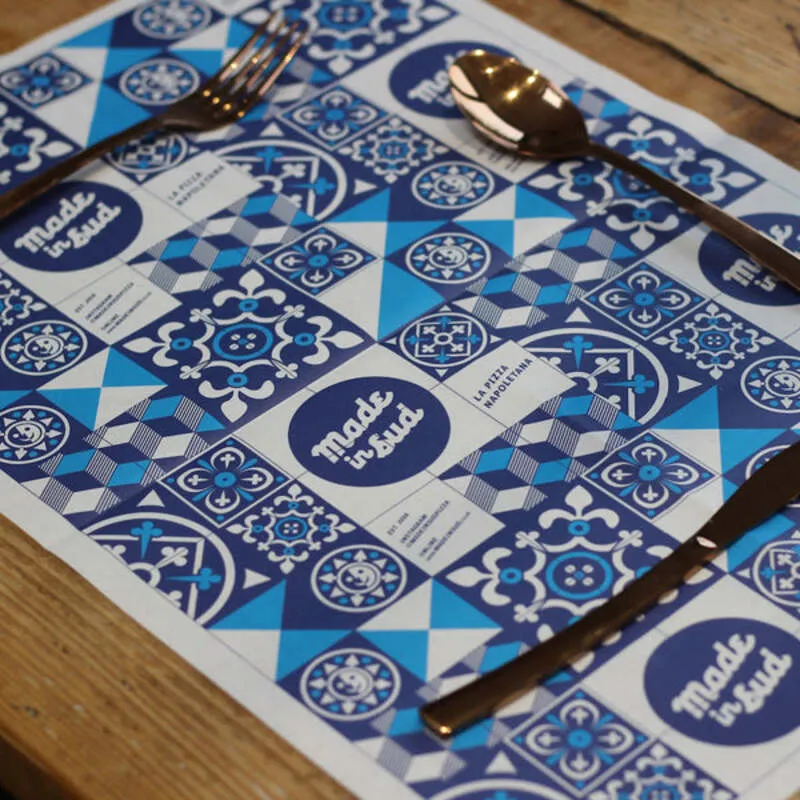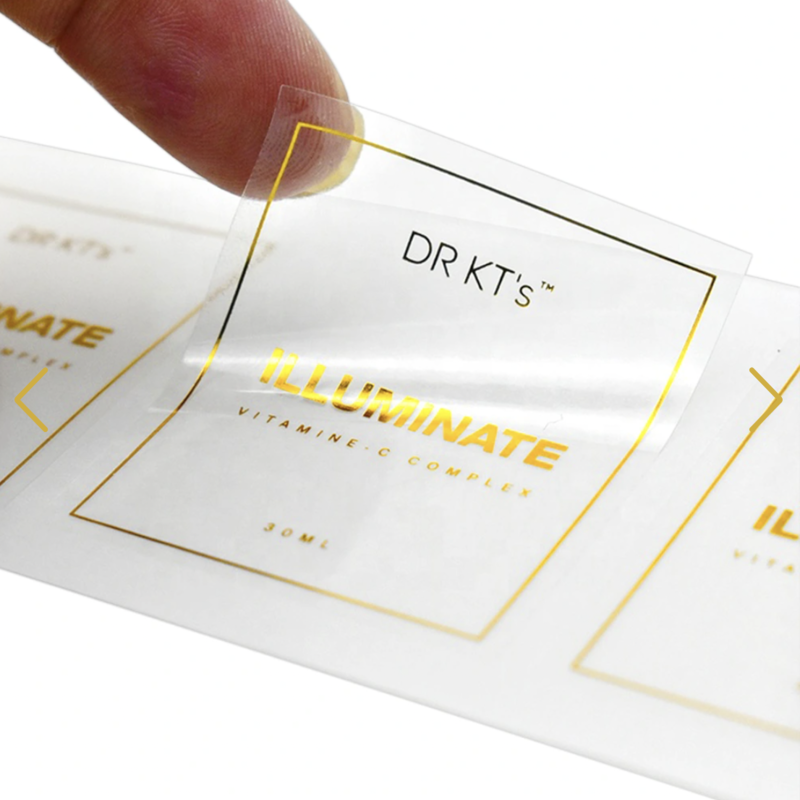- Introduction to Parchment and Baking Paper
- The Science Behind Non-Stick Papers in Baking
- Types and Material Differences: Parchment Greaseproof Paper and Paper Baking Moulds
- Technical Advantages and Limitations in Modern Baking
- Manufacturers Comparison: Efficiency, Pricing, and Quality
- Customization Solutions for Industrial and Artisan Applications
- Application Case Studies Using Parchment and Baking Paper

(parchment and baking paper)
Introduction to Parchment and Baking Paper
Parchment and baking paper have transformed baking processes, as their unique chemical composition and processing enable effortless food release, even at elevated temperatures. As global baking output soared past 95 million metric tons in 2023 (Statista), demand for reliable oven liners and molds intensified. Not only do these papers prevent sticking, but they also provide a convenient barrier against moisture and unintentional flavour transfers. Growing interest in sustainability means more consumers are examining both the environmental and functional properties of parchment, greaseproof paper, and innovative paper baking moulds. This article explores in depth the materials, technologies, and real-world utility of these essential baking components.
The Science Behind Non-Stick Papers in Baking
The non-stick properties of parchment and baking paper
stem from precise chemical processing. Parchment paper undergoes a silicone or Quilon coating, rendering it heat and moisture resistant. This process results in surface tension that prevents stickiness while allowing even heat transfer—a crucial parameter for professional bakeries aiming for consistent outcomes. In comparison, traditional greaseproof paper undergoes a refining process, compressing the pulp to reduce pores and naturally imparting oil resistance, but lacks the same thermal tolerance as silicone-treated parchment. Recent spectrometry studies indicate that parchment resists temperatures up to 450°F (232°C), while most greaseproof papers are stable under 420°F (216°C). Thus, for high-heat or caramelizing operations, choosing the correct paper type is imperative for both safety and product quality.
Types and Material Differences: Parchment Greaseproof Paper and Paper Baking Moulds
To meet diverse baking requirements, manufacturers offer various formats including rolls, sheets, and pre-formed paper baking moulds. While parchment greaseproof paper is favoured for its versatility in lining trays and pans, paper baking moulds are specially engineered for decorative and functional single-use applications such as muffins and panettone. The material differentiation matters: silicone-coated parchment provides reliable non-stick performance and resilience in high-volume ovens, whereas greaseproof paper, although economical, can absorb more fats during prolonged bakes, potentially affecting texture and yield. Paper baking moulds, using reinforced fibers, retain structural integrity even in moist, heavy batters and eliminate the post-baking demolding process, improving workflow in both industrial and home settings.
Technical Advantages and Limitations in Modern Baking
Advanced parchment and baking papers offer both technical and economic advantages to modern bakeries. Key benefits include rapid release, uniform browning, reduced cleaning costs, and predictable yields. Data collected in a recent survey of 140 commercial bakeries (Bakery Industry Analysis, 2023) confirm that switching to parchment liners decreased baking-related labor by 32% and reduced waste by 19%. However, not all solutions are universal. Greaseproof paper, while cost-efficient, sometimes falters with very high sugar or fat recipes, leading to partial sticking or increased absorption. Paper baking moulds, on the other hand, may incur higher material costs and require inventory management to accommodate varied product sizing. For establishments with frequent recipe changes or allergen controls, the performance, hygiene, and traceability of baking papers can have a direct impact on both workflow and compliance.
Manufacturers Comparison: Efficiency, Pricing, and Quality
The choice of supplier for parchment, greaseproof paper, or molded solutions influences operating costs, output uniformity, and brand reputation. Below is a comparative data table showcasing three leading global manufacturers using aggregated 2023 statistics:
| Manufacturer | Product Portfolio | Average Non-Stick Rating (1-10) | Heat Resistance (°F) | MOQ (Rolls/Cartons) | Price per 1000 Sheets (USD) | Certifications |
|---|---|---|---|---|---|---|
| PurityPack | Parchment, Greaseproof, Paper Baking Moulds | 9.6 | 450 | 20 | 14.80 | FSC, BRC, ISO 22000 |
| BakeProTech | Parchment, Greaseproof | 8.7 | 430 | 40 | 12.50 | FDA, HACCP |
| EcoServe Papers | Parchment, Paper Baking Moulds | 8.9 | 460 | 30 | 15.30 | PEFC, SGS, EU Food Grade |
These findings underscore the importance of aligning product choice with operational needs. For example, PurityPack scores highest for non-stick performance, while EcoServe excels in eco-certifications and slightly superior temperature tolerance, optimal for clean-label and allergen-sensitive bakeries.
Customization Solutions for Industrial and Artisan Applications
Providers now offer tailored solutions to address a vast spectrum of bakery products and production scales. Custom die-cut parchment and greaseproof paper sheets can be produced to fit unique tray geometries, reducing manual trimming and minimizing edge waste by up to 15%. For artisan producers, bespoke branding on paper baking moulds reinforces product identity and supports premium price positioning at retail. Large-volume customers benefit from innovations such as “perforated parchment,” which enhances steam circulation for crust development in bread, or “double-sided” coatings for oily batters. Technical consultation during sourcing ensures optimal compatibility with both automation and traditional processes. As bakery supply chains globalize, the ability to quickly adapt paper specifications to new recipes, oven types, or equipment changes drives competitiveness and customer loyalty.
Application Case Studies Using Parchment and Baking Paper
Practical applications of parchment and baking paper are diverse, spanning from industrial food factories to boutique patisseries. In a leading US cookie manufacturer, transitioning to reinforced silicone-coated parchment reduced defective batch rates by 21% and decreased pan scrubbing time by four hours per week. A mid-sized Italian bakery leverages custom paper baking moulds for seasonal panettone, eliminating 100% of manual lining labor while boosting shelf appeal. Meanwhile, a gluten-free mooncake producer in Southeast Asia found that high-grade parchment allowed for safe demolding and trace-free product surfaces, raising 5-star online review frequency by 13%. These results affirm how strategic selection and customization of baking papers impact not just efficiency, but consumer satisfaction and brand differentiation.

(parchment and baking paper)



